It's Sunday morning at Hamburg's world famous Fischmarkt and the sun has made a welcome appearance. Ringing my bell, I cycle through the crowds - navigating stalls overflowing with gawping seabream, electric pink peonies and oversized oranges. Competing aromas fill the air: the smell of frying sausages, aromatic coffee blends and Hamburg's favourite hangover cure - fish sandwiches - wafting past. I pass a group of partygoers who have joined the market from the nearby clubs on the Reeperbahn, ending their night over trays of Labskaus - a traditional dish of pickled herring, beef mince, beetroot and fried egg. Passing them are those who are just starting their day, browsing goods from the makeshift stalls nestled inside the boots of cars. 'Moin!' people shout across the crowds - Hamburg's signature greeting echoing along the warehouse lined street.
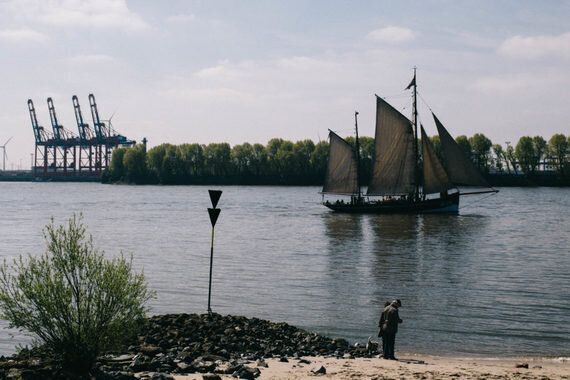
Hamburg, Germany's second largest city, often fails to make travel headlines. Somewhere between Berlin's techno clubs and hipster scene, and the well-heeled streets of Munich, Hamburg goes overlooked. This is understandable. Closer to Denmark than it is to many of its German equivalents, Hamburg's isolated geographic location has meant that the city has been less occupied by the dealings of the country below it, and more concerned with the cold Baltic waters surrounding it.
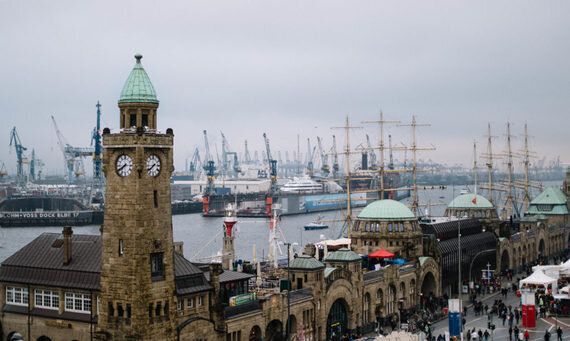
My induction into city life began, aptly, with a boat trip. I was visiting over the city's most important annual festival: the hafengeburtstag, or 'Harbour Anniversary.' It's difficult to overestimate the importance of the harbour and the pride Hamburg's residents feel towards it. To honour this, a large, internationally recognised festival is held each year, recalling the year 1189 when Emperor Frederick Barbarossa granted Hamburg's merchants the freedom to trade. Eight hundred and twenty eight years later, and the city is still reaping the rewards of this decision, declaring itself one of Germany's wealthiest cities.
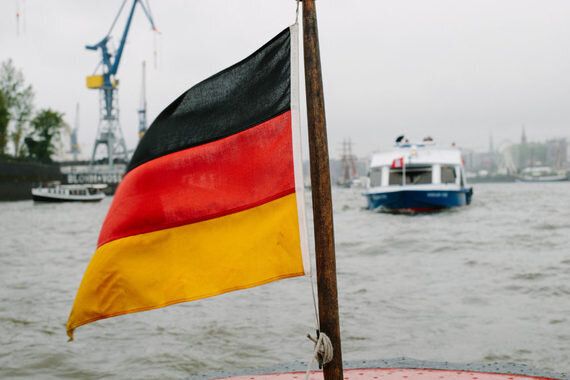
'Obrigada', I said, carrying a traditional Portuguese custard tart over to my table. The owner of the café smiled, flicked her tea towel over her shoulder and turned to her children, talking to them hurriedly in Portuguese. They nodded sulkily, before heading slowly upstairs. Taking a forkful of the thick, creamy tart and watching the little family, I felt like I was in the middle of Lisbon; the small crowd around me speaking a mix of Spanish and Portuguese. I was, however, still in the heart of Hamburg; nestled in the middle of the city's established Portuguese Quarter, or Portugiesenviertel. Beginning in the 1960s, when Portuguese families moved to the city to work at its prosperous port, the area sits just behind the Landungsbrücken harbour and occupies just a few streets. Yet these streets are thriving, brimming with authentic Portuguese tapas restaurants, pastelerias and popular bars - Portuguese flags hanging proudly over balcony railings. If you're looking to recreate a little Mediterranean sunshine in the middle of wintery Hamburg, this is a fantastic area to explore.
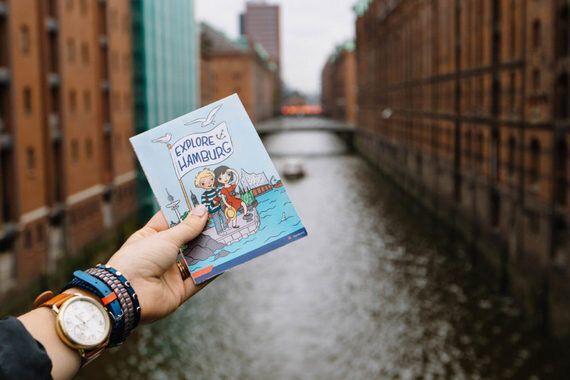
A short walk from here awaits St. Pauli, an incredibly popular part of the city. Once one of Hamburg's less salubrious quarters, St. Pauli was the traditional stomping ground for sailors looking to wile away the hours in bars and brothels. 'A girl in every port', as the saying goes. Today, the area is still host to legalised prostitution (and stag-dos remain at large), but it's also an area where residents, young and old, come to join the crowded bars, restaurants and music venues. Walking though the area's Reeperbahn - a street brimming with sizzling street food, bars and music halls - it's impossible not to get caught up in the atmosphere. A testament to the open-mindedness of Hamburg, here strip clubs sit alongside elegant music halls, home to orchestras and renowned composers.
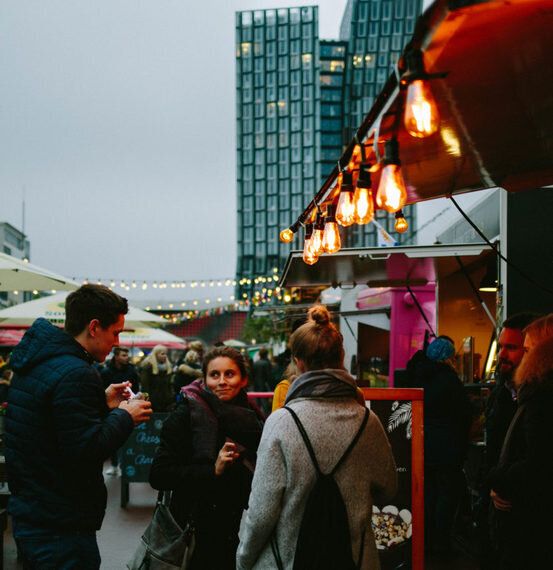
Perhaps the city's most valued haunts is the newly completed Elbphilharmonie: an enormous concert hall that rises from the city skyline like a giant wave. Taking over twelve years to complete, this glass-clad building, filled with smooth, undulating wood and enormous light spaces, is undeniably beautiful. Arriving on a quiet Saturday morning, the sound of piano recitals drifting through the entrance, I could have spent my entire day here. Now Hamburg's central tourist attraction, the Elbphilharmonie offers two concert halls, the largest being the Grand Hall. Stepping inside, watching as the local orchestra practiced for their afternoon recital, it was like being inside an enormous, shimmering pearl. From the roof hung thousands of hand-blown lights, lighting the hall like swarms of fireflies. The rows of seats curved, forming gentle waves of their own. The building was the perfect gesture to the city's two passions: music, housed within a giant wave.
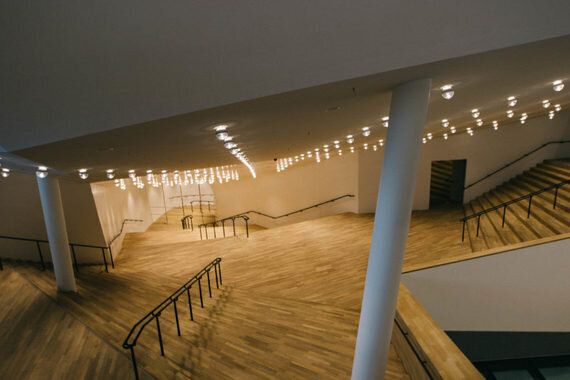
Whilst the Elbphilharmonie is perhaps the modern depiction of Hamburg's lifelong affair with the sea, the UNESCO protected Speicherstadt - the world's largest warehouse complex - is its historical representation. Built in 1883, the area is filled with towering red brick buildings, overlooking Hamburg's 'fleets' or canals. It feels strangely similar to downtown New York, steel bridges guiding you through the large buildings. Whilst small (much of Hamburg was bombed entirely during World War II), this area is a reminder of the city's rich seafaring heritage and beauty.
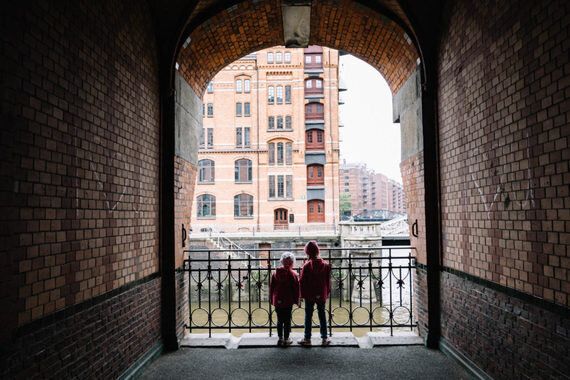
I spent my last few hours in Hamburg exploring one final side of this eclectic city. Having cycled through the early morning Fischmarkt, we headed out along the river, towards the city's Blankense area. Once belonging to Denmark, this area sits outside of the traditional city walls and traces the route of the River Elbe out to sea. Riding alongside the sparkling water, passing beaches filled with families and dog walkers, central Hamburg soon faded behind us.
Suddenly, traditional, white panelled houses appeared, surrounded by bright, flower-filled gardens. Winding lanes, shaded by elm trees and apple blossom led us further along the river. It was idyllic: the strong sea winds turned to a gentle river breeze. We finished our bike ride at the Blankense harbour: the Rivera of Hamburg. Sitting down with a cold Astra beer and a plate of freshly fried fish, I looked out over the water that surrounded us: a continuous feature of this city.
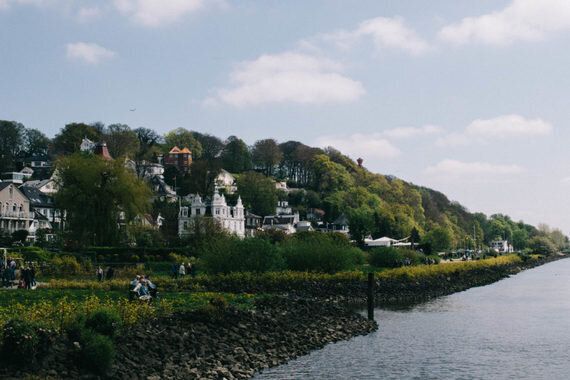
And this is how I've come to see Hamburg. A city that has always - and continues - to look firmly out towards the ocean. It's a city made from exotic trade routes, the tall tales of sailors and roaming sea winds. It's a city that whilst geographically isolated, has formed its own distinctly Hamburgian culture, with little care to be the most popular, or most-visited city in the country. Hamburg is instead looking forward: its eyes instead fixed firmly on the horizon.
Read more over on Twins That Travel